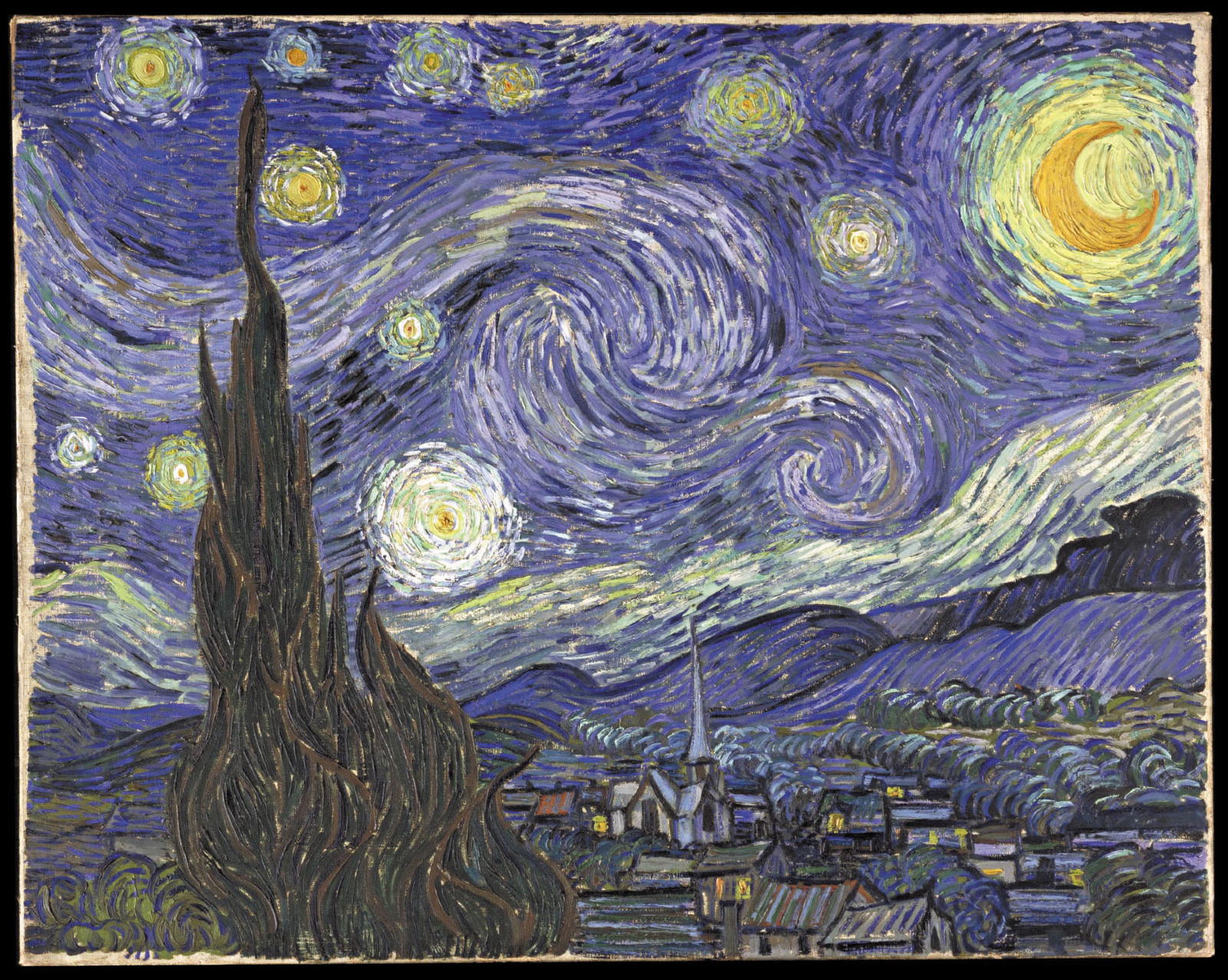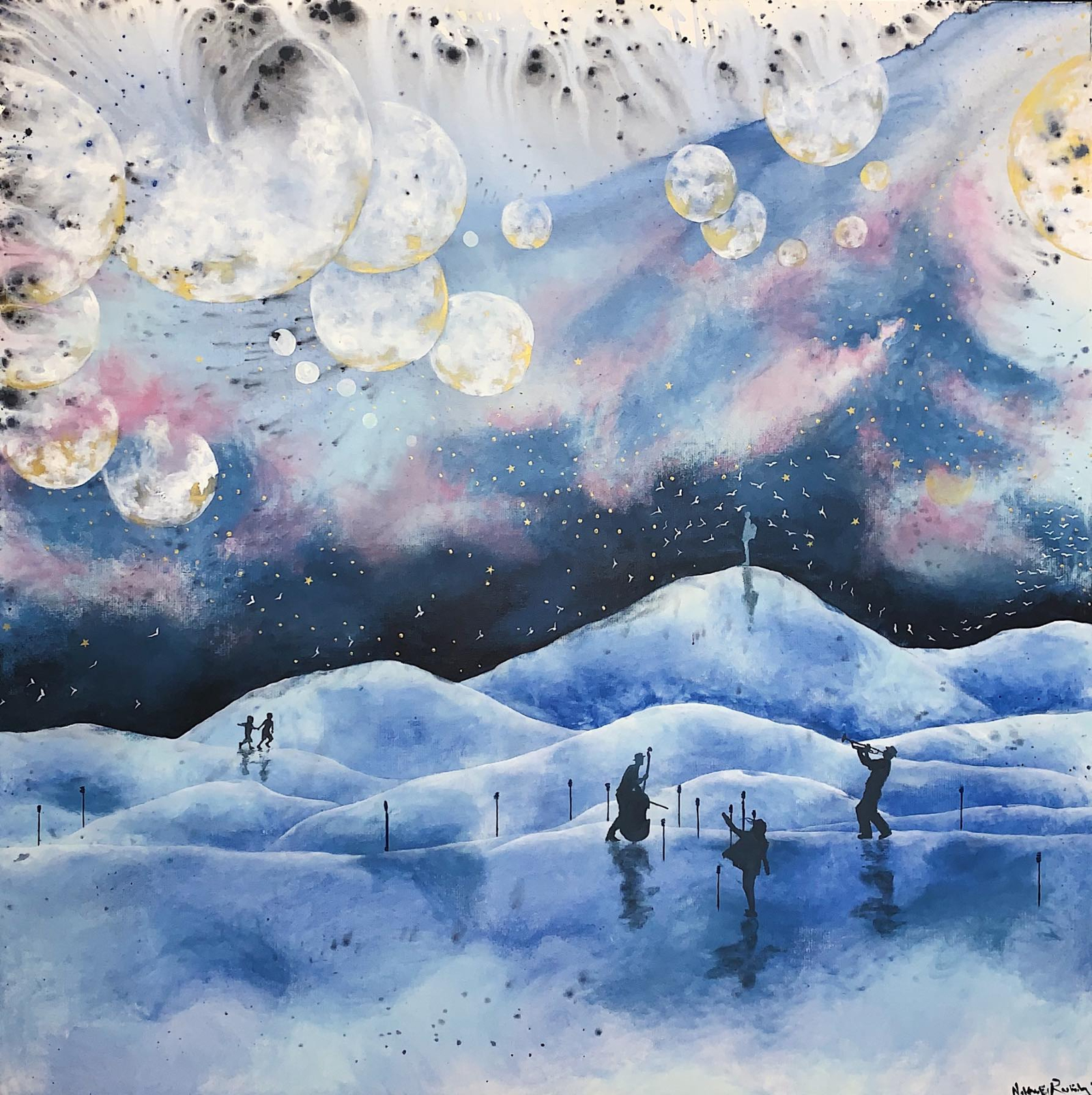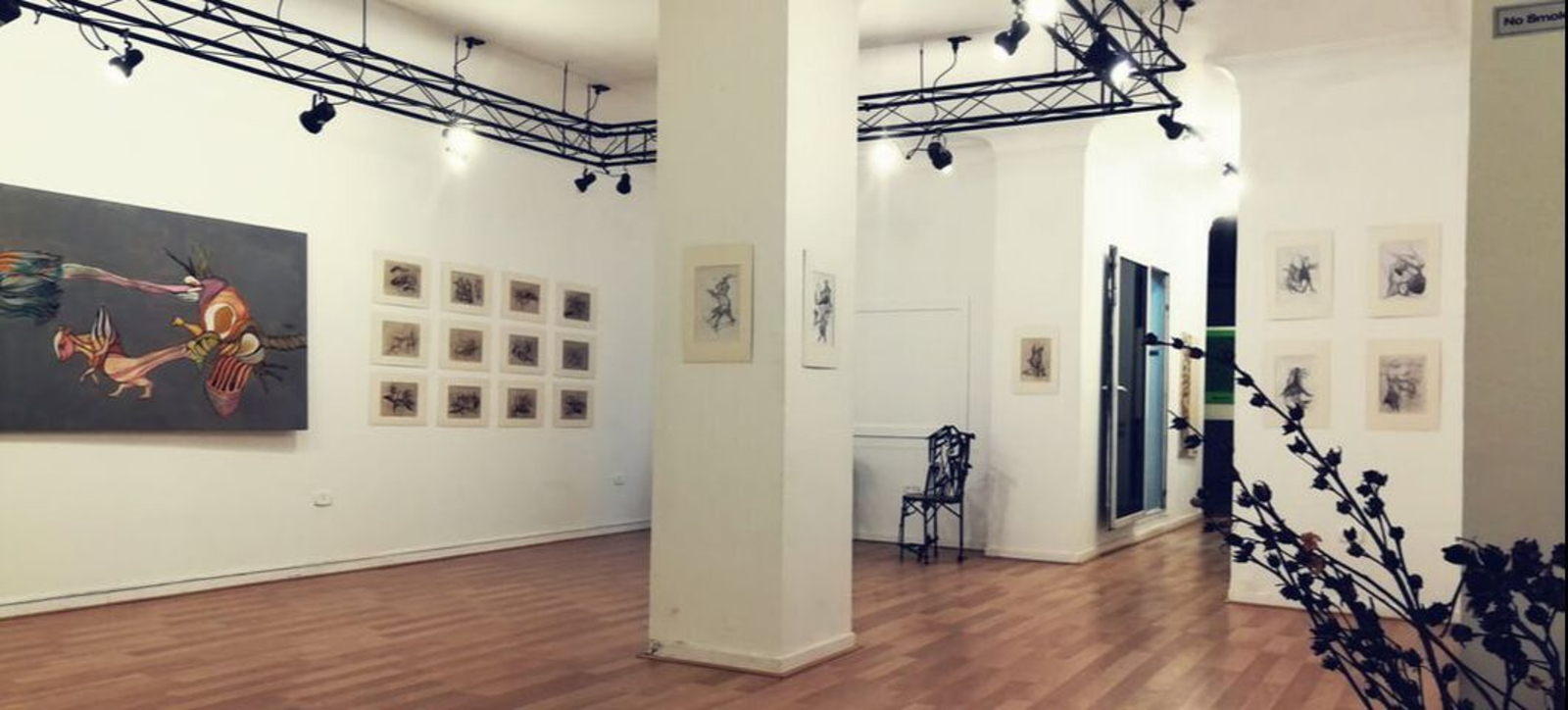Welcome to Enterprise, the art edition, wherein we express our appreciation for and boundless interest in the natural human affinity for art and artistic expression.
What can we say? We love to look at pretty (and visually stimulating) things. A few months ago, we dove into what visual imagery means to us and how image-based communication. Now, we’re taking a moment to look more closely at artwork.
This is by no means a complete or comprehensive look at the world of art — we are well aware there are plenty of media, historical periods, and cultural expressions of art that we not only don’t get into here, but are entirely oblivious to. Our exposure to art — in the grand scheme of things, and considering the sheer volume of art that has come into this world — is minimal at best. If you think we’ve made a glaring omission in this edition, drop us a line at editorial@enterprise.press and help us see more of the art world.

Without further ado, we present to you a brief history of art: First thing’s first — the creation of human art actually predates the recording of human history. Humans in the prehistoric world, specifically during the palaeolithic age (some 50k-100k years ago) first began using cave drawings as a means of illustrating their thoughts and experiences. While these illustrations are primitive in terms of their artistic complexity, they also give key insights into how prehistoric humans viewed themselves and their surroundings. For example, prey were illustrated in a greater amount of detail than humans in the cave drawings, indicating both the importance of the hunt for humans and their under-developed sense of self.
The Bronze Age: With the dawn of civilization, humans created primal works of art that were largely designed to reinforce their spiritual beliefs. Cave drawings became more complex as literacy began to take root, and essentially formed the basis for the development of symbol-based languages and record-keeping such as the hieroglyphics.
Fast forward to 900 BC, when the Age of Idealism began in Europe. This period saw the rise of Greco-Roman art forms, such as fine illustrations on pottery and murals that told more complex stories. Incredibly intricate and well-crafted statues of the human form also became a fixture of this era.
With the late Medieval period came the Renaissance — that beautiful sweet spot of art history that saw an outpouring of influential artists and artworks such as Michelangelo, Leonardo da Vinci, and Raphael. Art from the Renaissance is characterized by realism, attention to detail, and precise study of human anatomy.
In the millennia since, art has gone through dozens of eras and genres, from the Baroque period (think Rembrandt) to the Rococo period (the inspiration behind every piece of salon furniture in Egyptian homes) and impressionism (spearheaded in large part by Claude Monet). The current period of art is simply known as contemporary art, which combines several schools and genres, and also includes modern media such as digital art. This rundown of the evolution of art gives a thorough briefing on all of these eras and how they have shaped the modern world (watch, runtime: 17:34).











